10 steps to go freelance this year
Boss your brand: Follow our essential 10-step guide to help you take the plunge into freelance life.
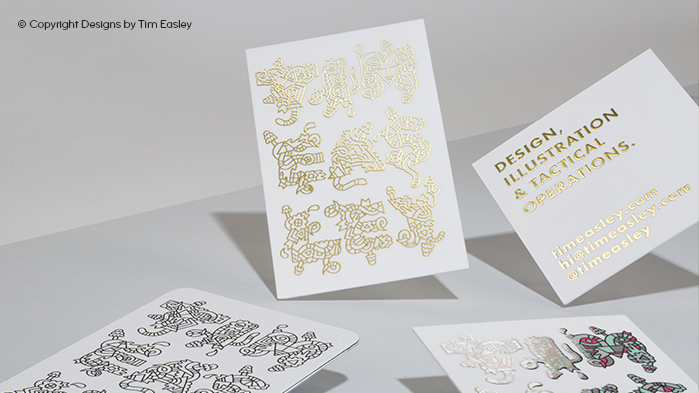
Have you always fancied the freelance life, but not yet had the confidence, or the opportunity, to take the plunge? Are you worried it might not be for you, or just unsure of where to start?
We're here to help you hit the ground running as a self-employed pro. Read on for our essential 10-step guide to going freelance this year...
01. Make sure it's right for you
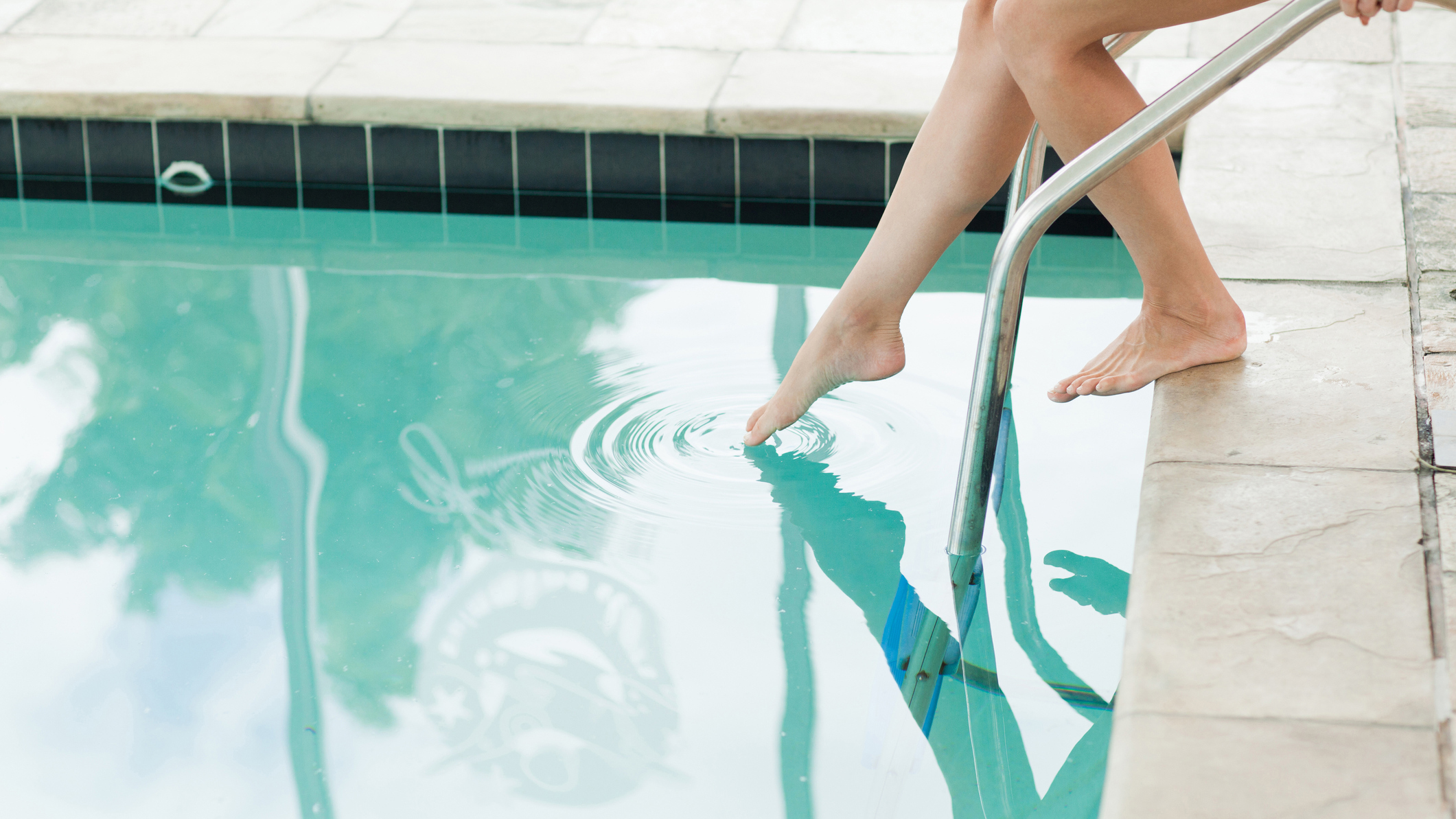
First things first, and this is an important one: freelancing isn't for everyone. You'll likely be spending a lot of time working alone, there's no guaranteed income, and you'll have full responsibility for everything from winning new work to filing your self-assessment tax return.
But having full responsibility for everything is exciting as well as potentially daunting. You can choose exactly what you work on, and when. There's no overbearing boss to tell you what to do. And, theoretically at least, there's scope to earn more money if you play your cards right.
If you're currently employed, test the water first with some out-of-hours freelance. It's a great way to start putting feelers out to potential contacts, seeing what opportunities are out there and testing whether you're cut out for managing the whole process yourself.
Plus, as you'll be earning some extra cash on top of the day job, it'll also help you with step two...
02. Give yourself a financial buffer

If you've decided that freelance life is for you, hold your horses before you get over-excited and hand in your notice. Remember, you'll be losing your regular, reliable income.
Building contacts can take time, as can setting up 'live' paying projects - and even if you start working on day one, invoices still tend to take at least 30 days to pay, often longer.
Savings are essential to give yourself a decent buffer. Where possible, try to have the equivalent of three months' worth of salary in the bank before you leave - this is where freelancing out-of-hours first will help.
03. Think about where you'd like to work
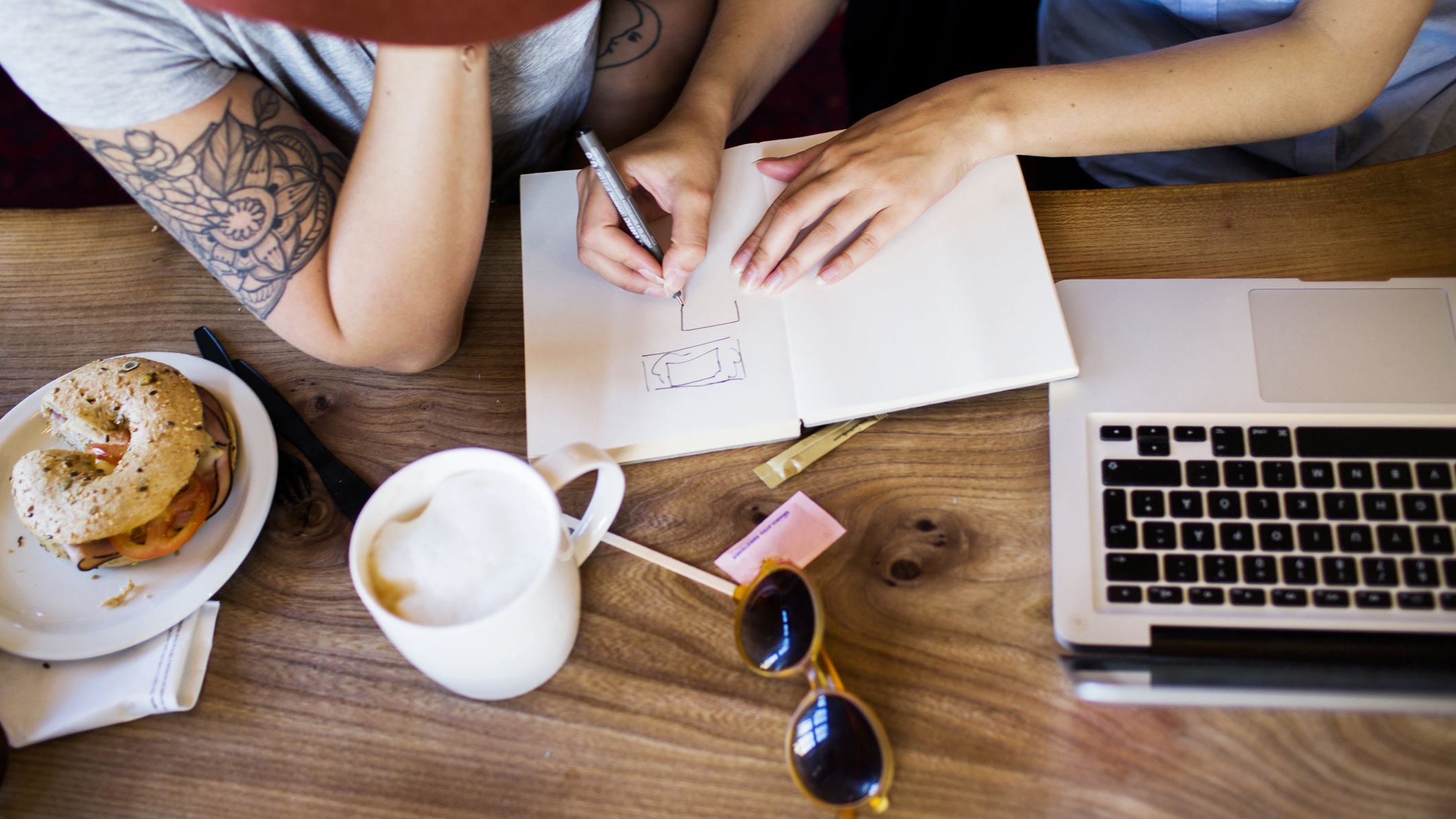
Next, you need to think about where you plan to set up your freelance base. This will help determine what equipment you need to invest in, as well as many other factors.
Working from home is a common choice, particularly if you have a spare bedroom that you can convert into an office. Tempting as it is to roll out of bed and start working in your pajamas, having a separate, dedicated area will help you draw the line between work and play.
Shared working spaces are increasingly popular, and as well as providing you with a ready-made office set-up – complete with colleagues to chat to – it'll also give you a work space separate from your home.
Theoretically, however, it's possible to work from anywhere so long as you have the equipment you need, and some decent WiFi. While working from your favourite coffee shop for eight hours a day is probably not practical, it's great to have as an option when you need it.
04. Invest in some decent hardware
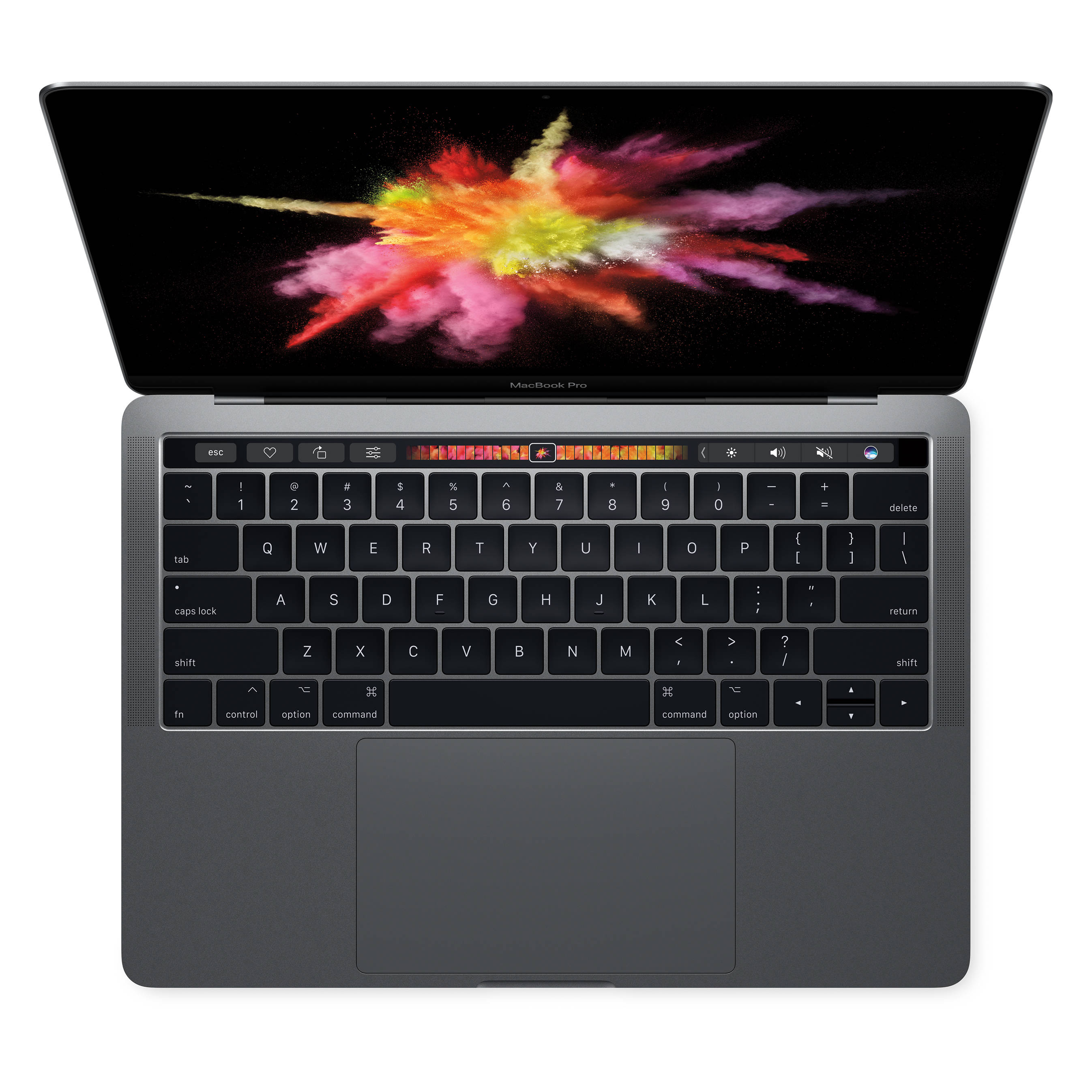
Here's where your setup costs can start to escalate quickly. Once you've decided where you'll be based, you'll have a better idea of exactly what hardware and other equipment you actually need.
Don't be tempted to splash out on all the latest gadgets right away unless they're essential for you to start work. The last thing you want is to eat through your financial buffer and end up in debt just because Apple brought out a shinier model.
Consider what you'll be doing, where and how, and pick accordingly. Remember to keep track of all your invoices and receipts at the point of purchase, as these are tax-deductible expenses now.
05. Pick the right creative software

You won't get far as a freelance designer without the creative software you need to actually design stuff. As with the hardware, however, take the time to consider what you actually need from day one – you can always add things at a later date.
Adobe Creative Cloud is likely to be near the top of your list, and if you're a multidisciplinary designer it's a no-brainer to go for the full annual package - even if you'll only use three or four apps regularly.
Be honest with yourself here, though – if you spend all your time in Photoshop, the Photography Plan is great value. If you only use Illustrator and InDesign, two annual single-app subs are cheaper.
There are alternatives to Adobe, however – such as Serif's excellent Affinity Designer and Affinity Photo – so do your research.
06. Find business tools that work for you

It's not all about creative software, though. When you're freelance, you have plenty of other things to worry about besides designing: things like invoicing, accounting and project management.
There are countless tools out there to help with these necessary evils of self-employment, and there's often a free trial so you can test out what works best for you and your workflow.
FreeAgent and Solo are both fantastic monthly-subscription tools for keeping track of expenses, invoices and other accounting necessities, while Asana and Trello both help with project management.
It may be tempting to get your teeth into your first project as soon as you can – you need that money to start rolling in, after all. But you won't regret making the effort to get these things set up sooner rather than later.
07. Set up a website to get business
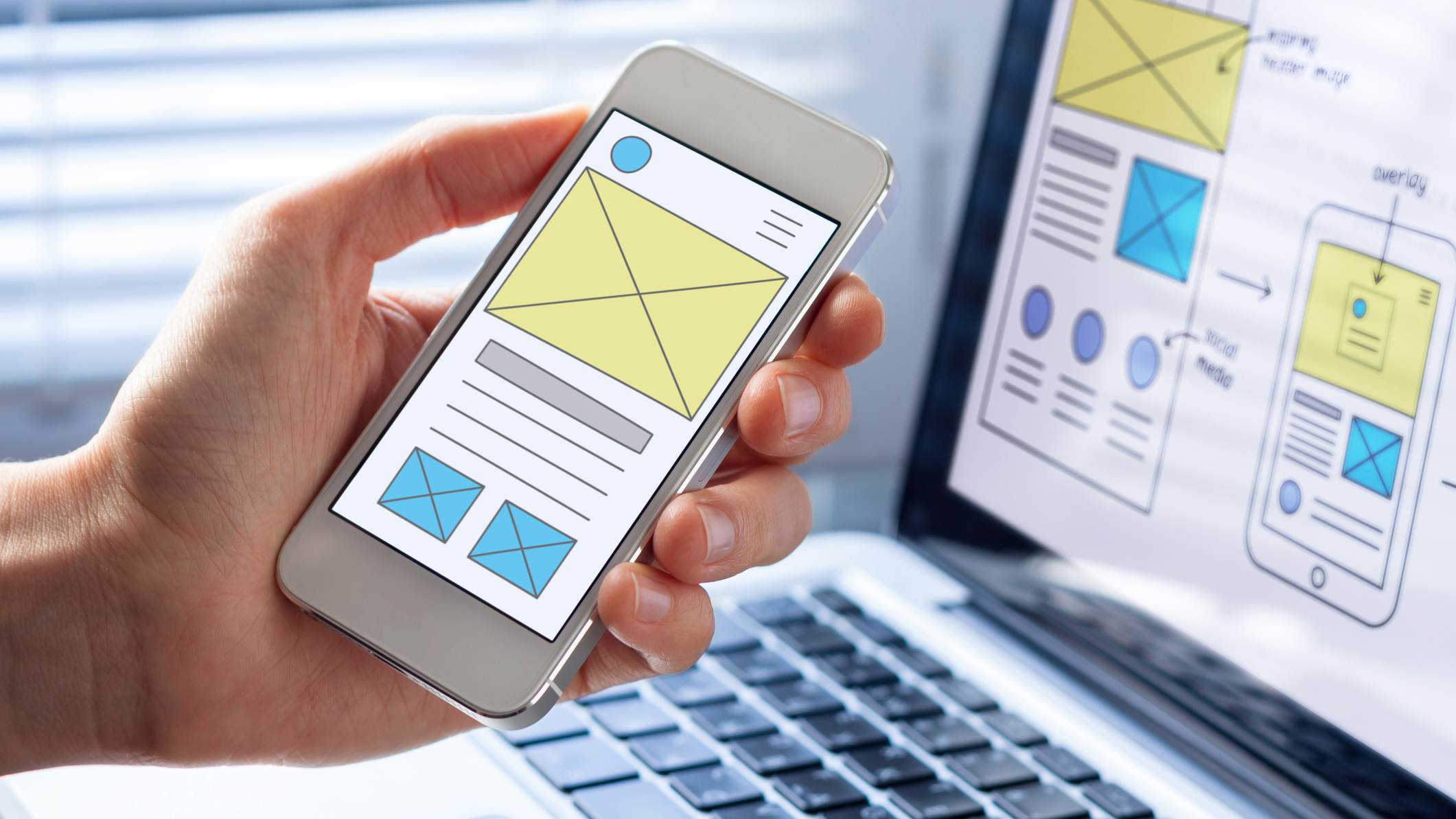
As a freelancer, a decent website is an absolute essential – but it doesn't need to be a huge expense. Sit down and work out exactly what you need your online presence to achieve, and then explore some of the tools at your disposal.
If your services include web design, then this is a good chance to practice what you preach, and you know what you're doing already. But for illustrators or designers without web skills, there are so many template-based tools to create a portfolio out there that you won't be short of options.
Registering a memorable domain name is worth it too, to give you a more professional edge for your freelance email address as well as the website – this could just be your name, or think more creatively.
A logo isn't necessarily essential as a freelancer, at least when you're first starting out – but it's a great chance to show off your design skills with a bit of self-branding if you do. Make sure all of the above is sorted before you invest in your stationery.
08. Get some stationery printed
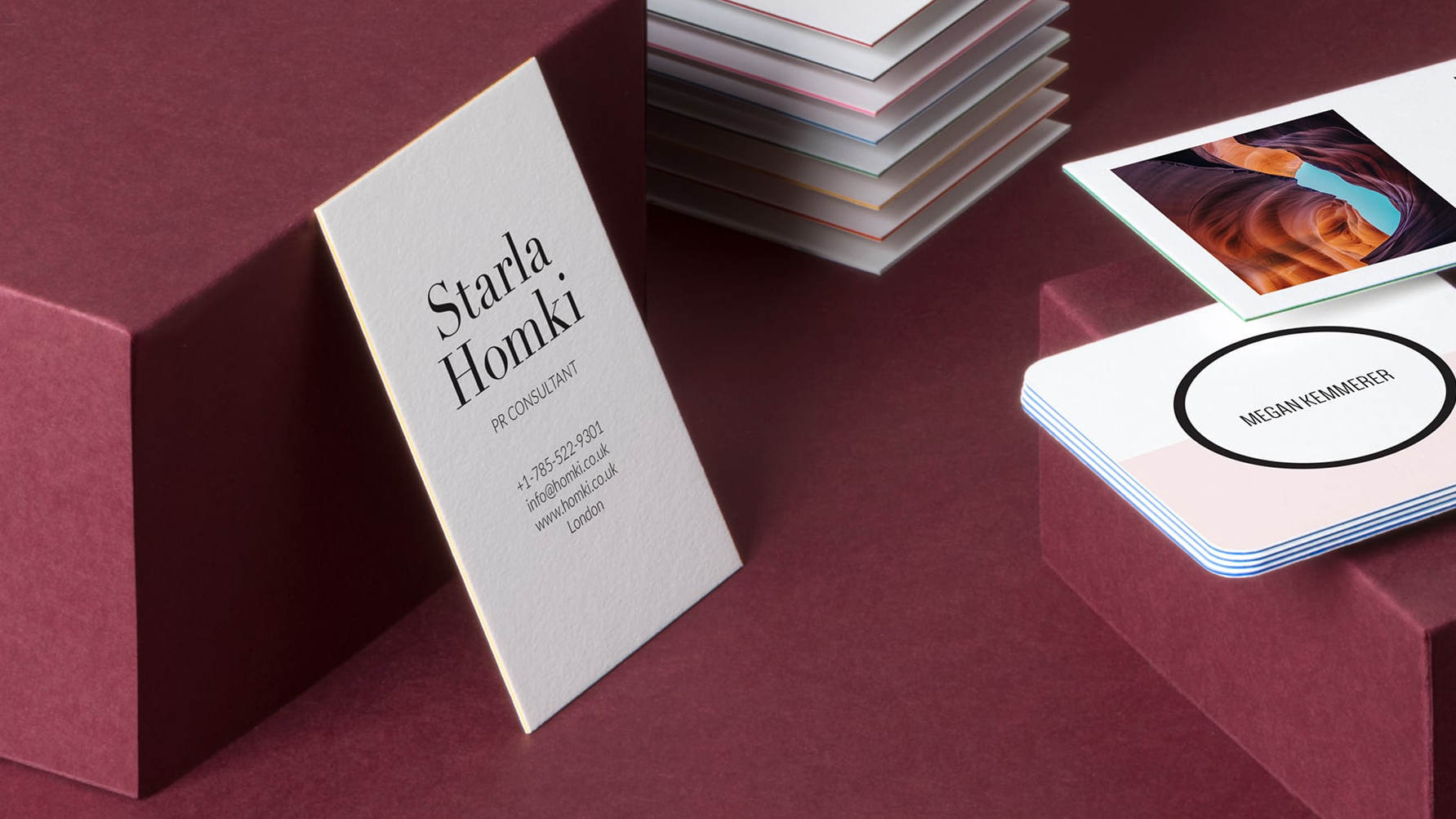
Once you have your portfolio website set up, a professional-looking email address and a logo if you choose to, it's time to combine all that essential information on some quality business stationery.
Letterheads and compliment slips may not be top of your list at first, but a great business card, and perhaps some self-promotional postcards or stickers to send to potential clients, are the perfect way to get your name out there.
moo.com offers a fantastic range of services and packages to suit your individual needs, with business cards ranging from 298gsm cotton right the way up to extra-thick 600gsm luxe for that premium edge.
09. Get yourself out there
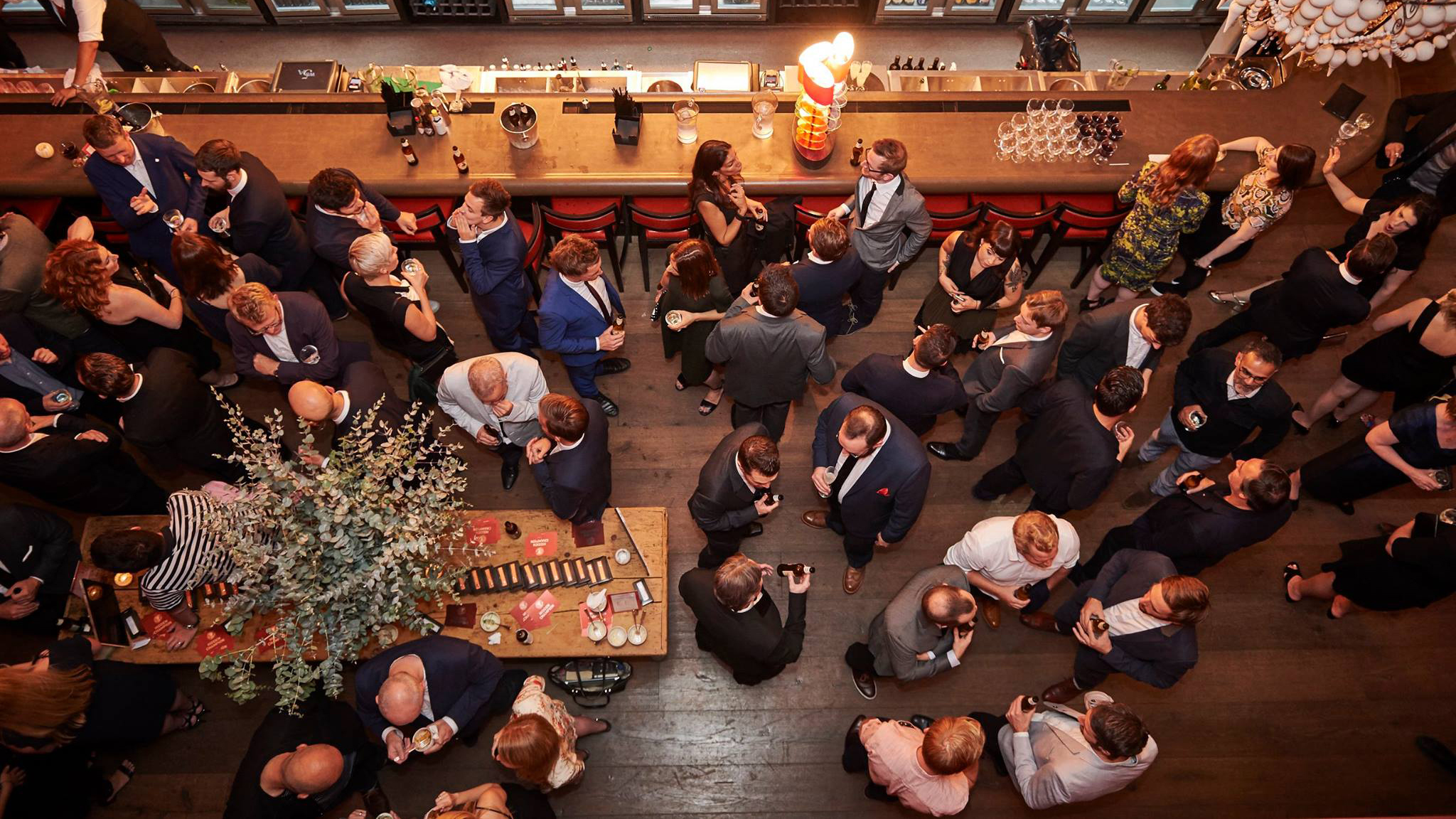
Once you have your silky new business cards, you need someone to give them to. While potential clients will love receiving a beautiful piece of self-promo in the post, there's no substitute for meeting people face-to-face and pressing a business card into their hand after an interesting chat over a beer.
Regular events such as Glug run in cities all around the world, and give you a chance to chat to like-minded creative folk and potential clients and collaborators in an informal, inspiring setting.
A bigger investment would be attending a full-blown creative conference, such as D&AD Festival in London, OFFF in Barcelona, TYPO in Berlin or OFFSET in Dublin, all of which are fantastic opportunities to get inspired and meet interesting people.
10. Remember to put tax aside!
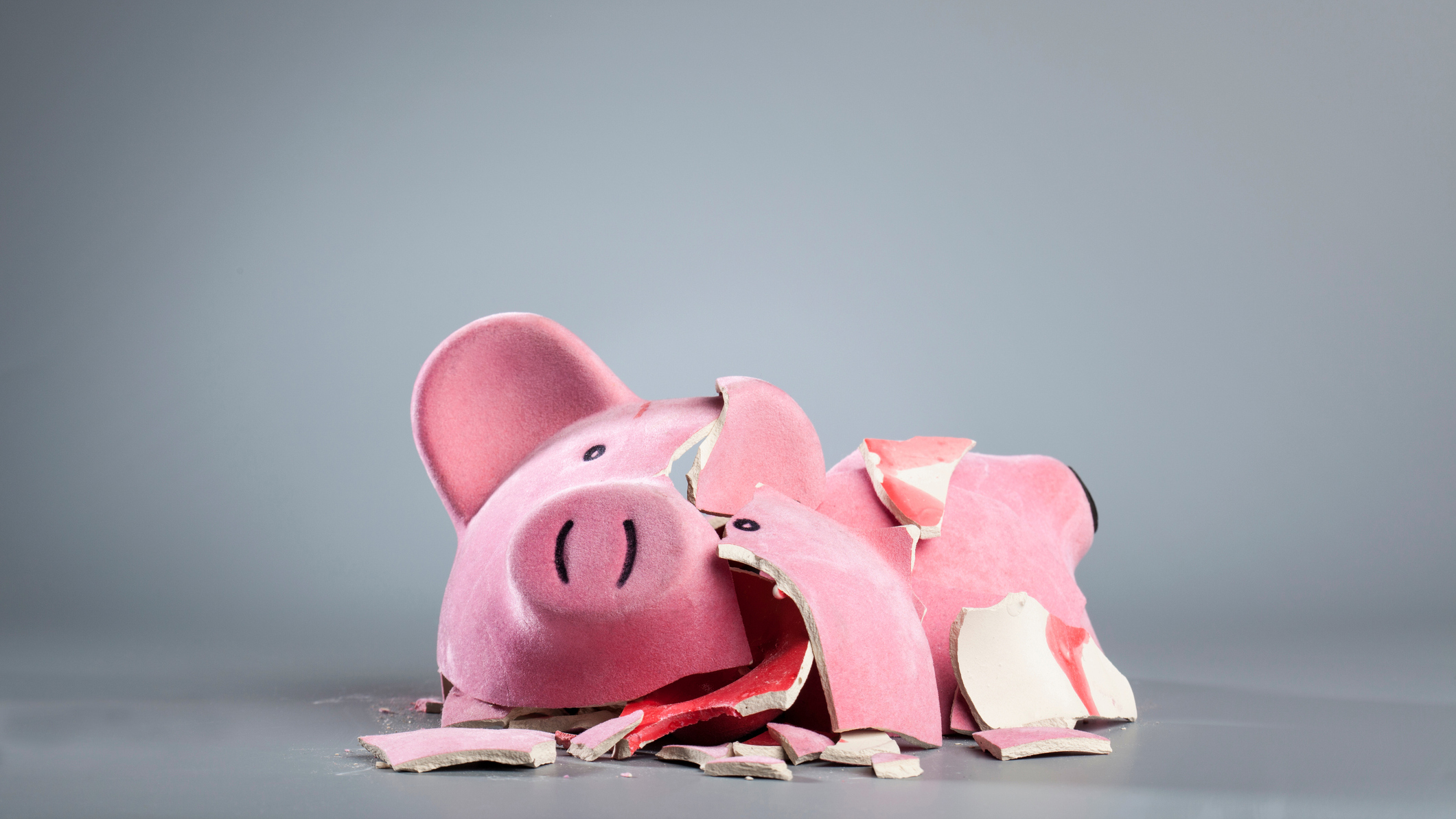
Using your accounting software to keep track of all your income and expenses will make it a lot easier to file that dreaded tax return – remember to keep all the receipts too.
But a perfectly-organised tax return is no good if you can't actually pay the bill that comes afterwards. Remember, all the income you're receiving now that you're freelance is before tax – and you'll need to save a decent chunk of it (we recommend 20 percent of your income each month) to pay later.
If cash flow is difficult in a particular month, it may be tempting to dip into that money to keep things ticking along. And that's fine, so long as it's occasional and you replenish the funds when you're flush again.
But don't let all of the careful prep you've done to reach step 10 go to waste and end up being crippled by a tax bill you can't pay.
Related articles:

Thank you for reading 5 articles this month* Join now for unlimited access
Enjoy your first month for just £1 / $1 / €1
*Read 5 free articles per month without a subscription

Join now for unlimited access
Try first month for just £1 / $1 / €1
Get the Creative Bloq Newsletter
Daily design news, reviews, how-tos and more, as picked by the editors.

Nick has worked with world-class agencies including Wolff Olins, Taxi Studio and Vault49 on brand storytelling, tone of voice and verbal strategy for global brands such as Virgin, TikTok, and Bite Back 2030. Nick launched the Brand Impact Awards in 2013 while editor of Computer Arts, and remains chair of judges. He's written for Creative Bloq on design and branding matters since the site's launch.
